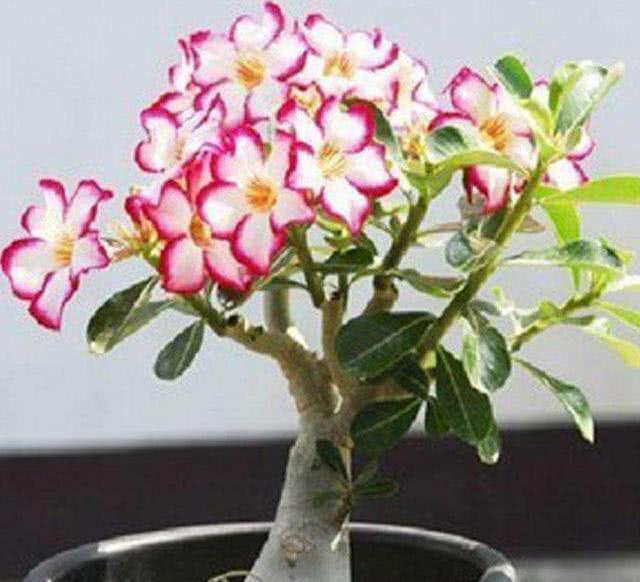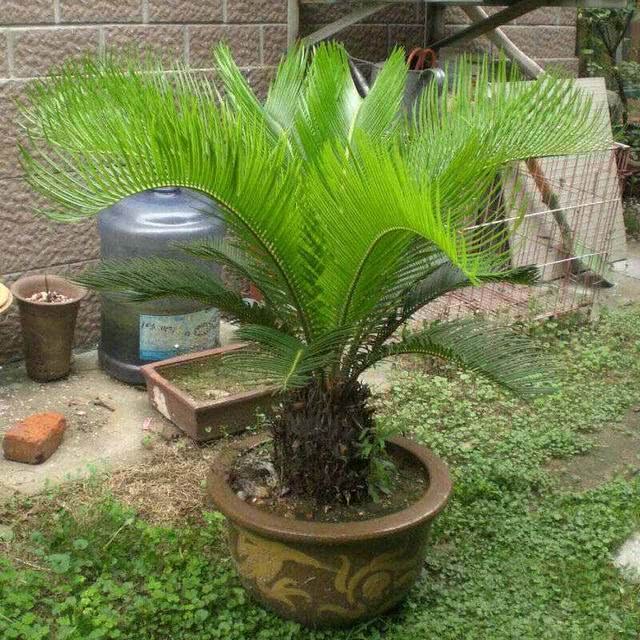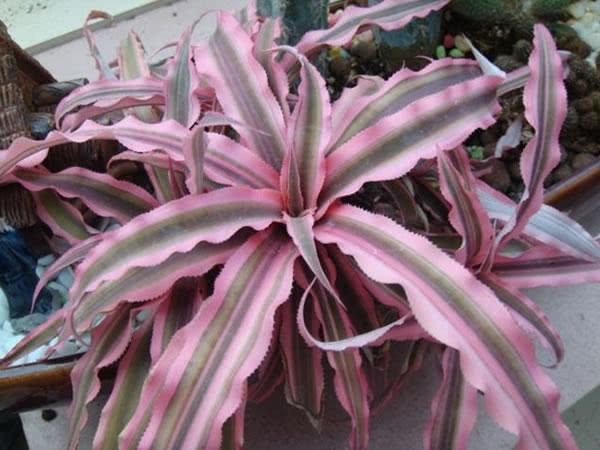Understanding the growth habits of desert roses pay attention to these points can make the beautiful flowers bloom

Desert rose plant is short, tree-shaped simple and vigorous, the rhizome is as fat as a wine bottle, the flower is shaped like a trumpet when the flower is blooming, and the flower is bright red, which is very suitable for indoor culture and ornamental. Its origin is close to the desert in Africa, and the flowers are as red as roses, so it is named Desert Rose. The flowering period of desert rose is from May to December. The family breeding desert rose should pay attention to the following aspects, which can make the plant shape beautiful and the flowers bloom brightly.
1. Soil. Desert roses like sandy soil that is rich in calcium, loose and permeable, and well drained. It is suggested that rotten leaf soil, peat soil and coarse sand should be mixed at 4:4:2, and appropriate amount of mature bone powder or chicken manure can be sprinkled on the bottom of the basin before putting it on the pot. it is conducive to sufficient energy supply during flowering.
two。 Temperature. Desert rose likes high temperature, dry, sunny and well-ventilated environment, which is very resistant to extreme heat, and the hot summer weather is also its peak growth period. But it is not cold-resistant, and the suitable temperature for growth is 25-30 ℃. When the winter temperature is lower than 10 ℃, the desert rose enters a semi-dormant state, which will cause fallen leaves due to temperature discomfort, but new leaves will grow when the temperature picks up.
3. Light. Desert rose is a flowering plant, likes to bask in the sun very much, can be placed in sunny places all the year round, and there is no need for shade in summer. A good sunshine environment is conducive to flowering, often turning the flowerpot to let the plant receive light evenly, which is conducive to the beautiful shape of the plant.
4. Water it. Watering is the most important thing if you want to raise desert roses well. From the name, we can know that desert rose is very resistant to drought, its stems and leaves have a strong water storage capacity, and like a dry and ventilated environment, most afraid of stagnant water in the basin. Even in the peak growth period, watering must wait until the basin soil is completely dry before watering. Winter dormancy period should be less watering to prevent root system and stem rot.
5. Fertilize. During the vigorous growth period of desert rose in spring, summer and autumn every year, it is necessary to maintain its adequate fertilizer supply, increase the application of phosphorus and potassium fertilizer, reduce nitrogen intake, and apply its own rotten liquid fertilizer every 10 days, or bury an appropriate amount of bone powder around the basin to facilitate the blooming of pregnant buds. Avoid applying raw fertilizer, thick fertilizer, thin fertilizer and diligent application. Stop fertilizing during the low temperature period in winter to prevent root system burns.
6. Diseases and insect pests. When the temperature is high from June to September every year, poor ventilation or stagnant water in the basin will cause the occurrence of desert rose soft rot. Decaying tissue can be dug up, a well-ventilated environment can be given, watering times can be reduced, and agricultural streptomycin with 1000 times liquid can be sprayed. Desert rose is easy to be attacked by scale insects in summer, which will lead to the loss of all leaves, necrosis of plant growth point and even death of the whole plant. Wipe it off with a cotton swab or rinse it with clean water.
7. Toxicity. It needs to be reminded that desert rose belongs to the family Apocynaceae, and the branch sap is toxic to a certain extent, and accidental ingestion will cause uncomfortable symptoms such as rapid heartbeat and irregular heart rate. Flower friends with children at home should put them out of the reach of the children to prevent accidents.
- Prev

Hand in hand to teach you 5 tricks for raising iron trees. The leaves grow luxuriantly.
I remember when I was in primary school when I was a child, there were always two pots of iron trees at the school gate. I saw them at school every morning and once after school in the afternoon, but I never saw them blossom. Most of the time Huahua feels that they have lost their lives.
- Next

How to cultivate tropical exclusive bonsai Ji pineapple it is very important to cultivate fertilized soil.
Ji pineapple, also known as Zijin pineapple, is mainly produced in tropical areas, such as the southern capital of Brazil. Its rhizome on the ground is almost negligible, so the open-field part of the plant is usually composed of dozens of leaves of similar size.
Related
- Wuhan Hospital Iron Tree Blooming Result Was Instantly Frightened by the Gardener Master
- Which variety of camellia is the most fragrant and best? Which one do you like best?
- What is the small blue coat, the breeding methods and matters needing attention of the succulent plant
- Dormancy time and maintenance management of succulent plants during dormancy
- Minas succulent how to raise, Minas succulent plant pictures
- What are the varieties of winter succulent plants
- How to raise succulent plants in twelve rolls? let's take a look at some experience of breeding twelve rolls.
- Attention should be paid to water control for succulent plants during dormant period (winter and summer)
- Watering experience of twelve rolls of succulent plants
- Techniques for fertilizing succulent plants. An article will let you know how to fertilize succulent plants.

